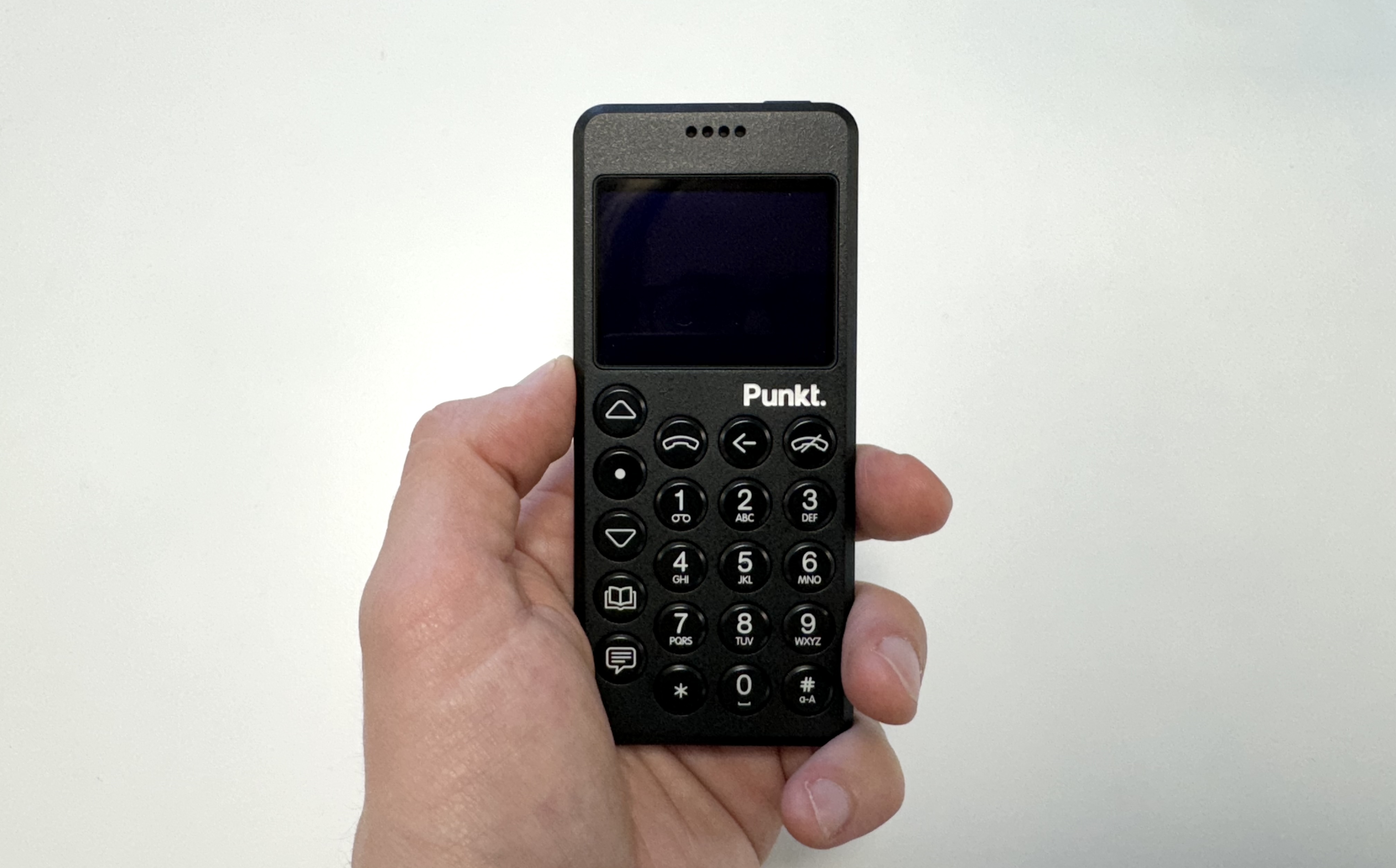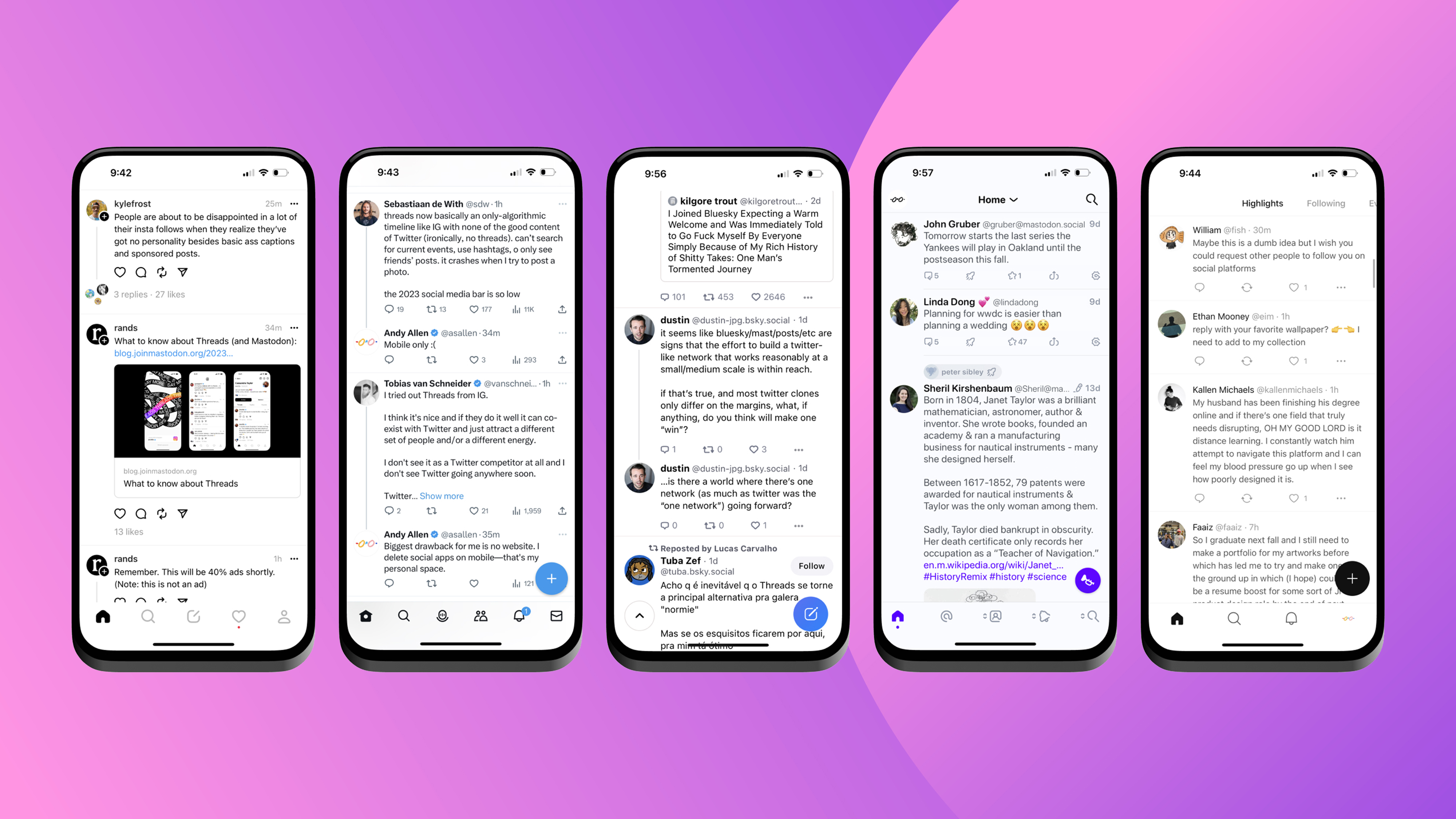
The world is changing. In a society overwhelmed by digital noise, something deeper is shifting inside us all. We’re starting to wake up to the ways our screens are stealing our moments, draining our energy, and pulling us away from what really matters. This isn't just a fleeting trend—it’s a powerful call to action that’s reshaping how we live, connect, and engage with everything around us. No wonder the dumbphone is having such a moment.
For brands, this signals a watershed moment. Consumers are changing how they build relationships, and that shift demands a new approach to engagement. It’s no longer enough to simply push content or create more digital touch-points. The real challenge lies in designing experiences that transcend the screen, fostering connections that are meaningful, human, and rooted in the real world.

The great switch-off
For years, the unspoken rule has been “more.” More apps, more notifications, more reasons to stay tethered to our devices. But that model is beginning to crack. Research shows that too much screen time is taking a toll—on our attention, our mental health, even our capacity for empathy. And it looks like users are noticing. They're deleting apps and starting to realise that the moments spent doomscrolling are moments lost forever.
Even Millennials, the original digital natives, are waking up to how constant connectivity has frayed their focus and peace of mind. Some are switching to "dumb phones"—not to reject technology, but to reclaim their attention and their lives. The next generation, Gen Alpha, will be shaped by this awareness from the start. They’ll look at their parents' endless scrolling and think, No, I want something different.
Brands are being challenged to find new ways of reaching their audience, ways that meet this growing desire to disconnect. It’s not about adding to the digital noise but rather cutting through it by creating moments that feel calm, intentional, and meaningful. We’re entering a time where less is more—where fewer, richer interactions will have a far greater impact than constant, shallow engagement.

Designing For a World That Wants Less
So how do you reach someone who’s choosing to step away from the digital treadmill? For brands, this means imagining a different kind of interaction. Take voice-activated kiosks in stores where users can easily make purchases without needing a smartphone. Or imagine physical buttons placed around a city that people can press to summon a ride, like Uber, without needing to open an app. It’s about creating a world where technology is there when needed but never in the way.
Plus not everything needs to happen on a screen. Picture walking into a public space and encountering a playful, analog experience that invites you to engage with a brand in a tactile way—no apps, no pings, just a real-world interaction. Or an AR experience that springs to life when you scan a physical postcard or product label, offering a brief, rich story or interaction that doesn’t trap you in a digital loop but enhances a moment.

It’s also about being subtle. Rather than grabbing attention, technology should support and enrich moments. Imagine smart speakers that offer help precisely when it’s needed, or clothing tags that give style advice as you pass a mirror in a store. These ambient interactions are seamless, respectful of a consumer’s desire for less screen time, and yet powerful in their ability to forge connections.
What’s crucial here is designing for diversity—not just in terms of technology but also in terms of user needs. For older adults, or those deliberately choosing simpler phones, brands can offer alternatives that feel more human. Think of a “talking” pen that provides instructions or helps with tasks, or a button on a keychain that directly connects to customer service. It’s about meeting people where they are and offering solutions that feel intuitive, easy, and aligned with their lives.
For brands, the future lies not in competing for digital eyeballs but in designing experiences that honour the real, the tangible, and the deeply human moments that shape our lives.
Brands that understand this—that value fewer, richer interactions over constant digital noise—will be the ones who truly stand out.







